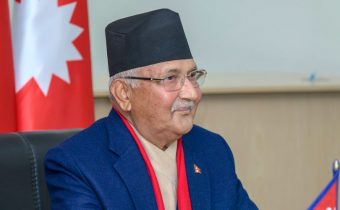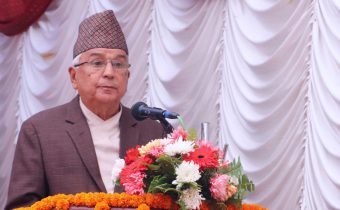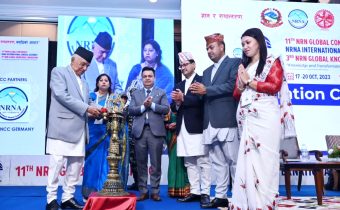Hanoi, Vietnam, Sept. 28: The urgency for Southeast Asian nations to switch to clean energy to combat climate change is reinvigorating a 20-year-old plan for the region to share power.
Malaysia and Indonesia inked a deal in Bali, Indonesia last month to study 18 potential locations where cross-border transmission lines can be set up.
Those links could eventually generate power roughly equivalent to what 33 nuclear power plants would produce in a year. They are economically and technically feasible, and now are supported by regional governments, said Beni Suryadi a power expert at the ASEAN Centre for Energy in Jakarta, Indonesia.
The Association of Southeast Asian Nations or ASEAN is a political and economic gathering of 10 countries across a vast region, from tiny Brunei and Singapore to military-controlled Myanmar and fast-rising economic power Vietnam.
Experts describe imports by Singapore of hydroelectric-generated power from Laos via transmissions through Thailand and Malaysia as a “pathfinder” project, marking the first time that four countries in the region have agreed to trade electricity.
Cross-border power purchases accounted for just 2.7% of the region’s capacity in 2017, according to the Global Interconnection Journal.
But those were between two countries, such as Thailand and Laos. Now, more countries are looking at power sharing as a way to wean their economies off coal and other fossil fuels. Vietnam would like a regional grid so it could sell clean energy, such as from offshore wind, to its neighbours while the Malaysian province of Sarawak is looking to sell its hydropower to neighbouring Indonesia.
The plan for a regional grid between the 10 members of the Association of Southeast Asian Nations was conceived two decades ago, but progress has been stalled by various problems including technical barriers and political mistrust.
The region now recognizes it must move faster. Climate change could reduce the region’s economic potential by more than a third by the middle of the century, according to a report presented at the 2021 U.N. climate conference in Glasgow, Scotland. Demand for electricity is rising, and governments have realized the transition away from fossil fuels requires an interconnected grid, Suryad said.
“It has become a crucial need for every country,” he said.
In the past, countries in the region were focused more on energy security, relying heavily on fossil fuels and often building more capacity than they needed. But renewable energy costs are falling, making hydroelectric, solar and wind power more affordable. And all ASEAN countries apart from the Philippines have pledged to stop adding carbon to the atmosphere by 2050.
So, arguments in favour of an interconnected grid appear to be prevailing.
Tiny, landlocked Laos, with a population of only 7 million, has built more than 50 dams in the past 15 years, relying on its status as the “battery of Southeast Asia” to profit from sales of power to Thailand, Vietnam, and China.
It still has surplus power it needs to sell to others in the region.
Singapore a small city-state of 6 million with nearly no natural resources must import clean energy to meet its renewable energy goals.
Regional grids can help bridge gaps between where power is needed and where it can be generated, helping countries adjust to outside shocks like big jumps in oil prices. They also can help cut costs: In 2021, for instance, Europe saved $36 billion by trading power, European regulators have estimated. (AP)

















